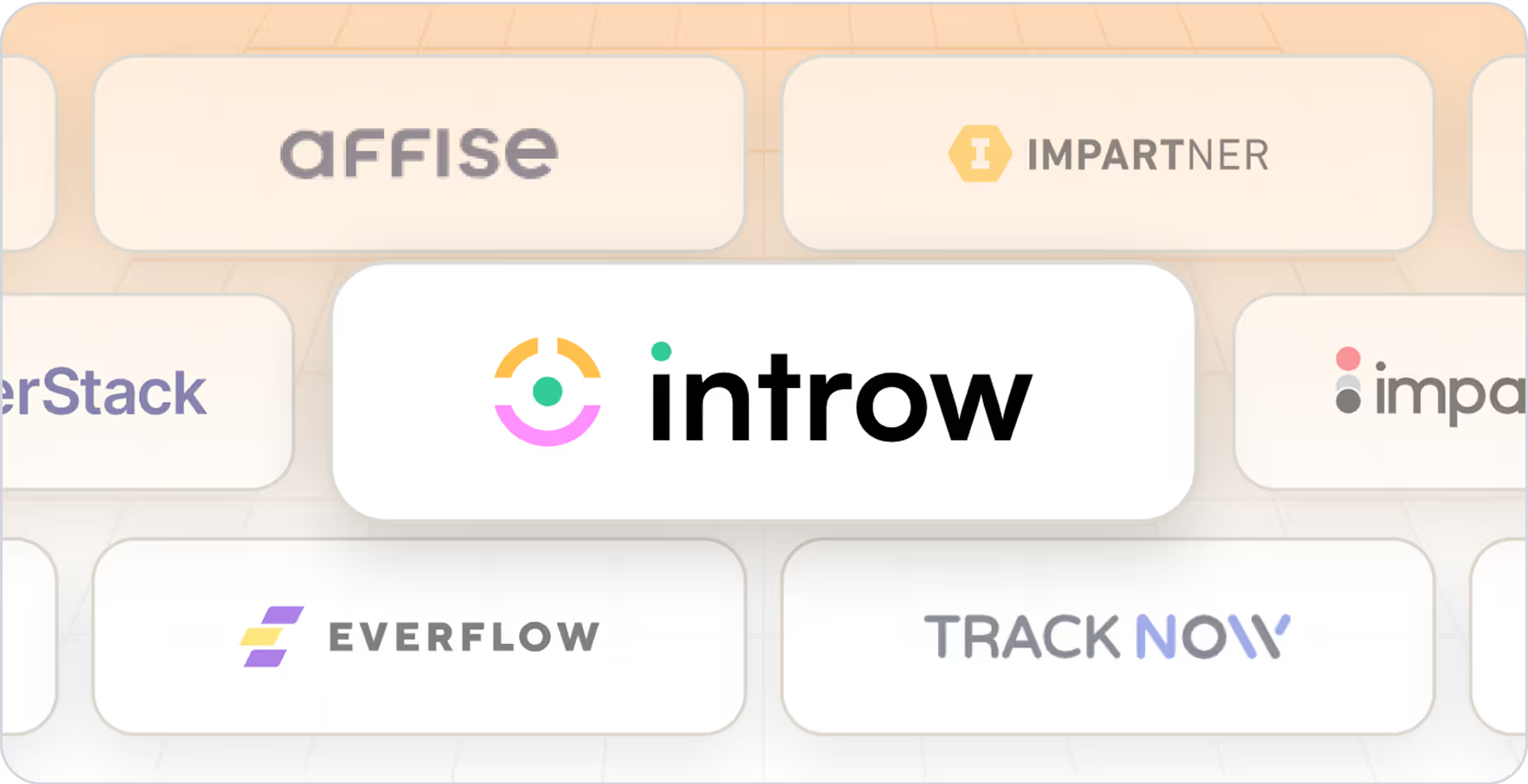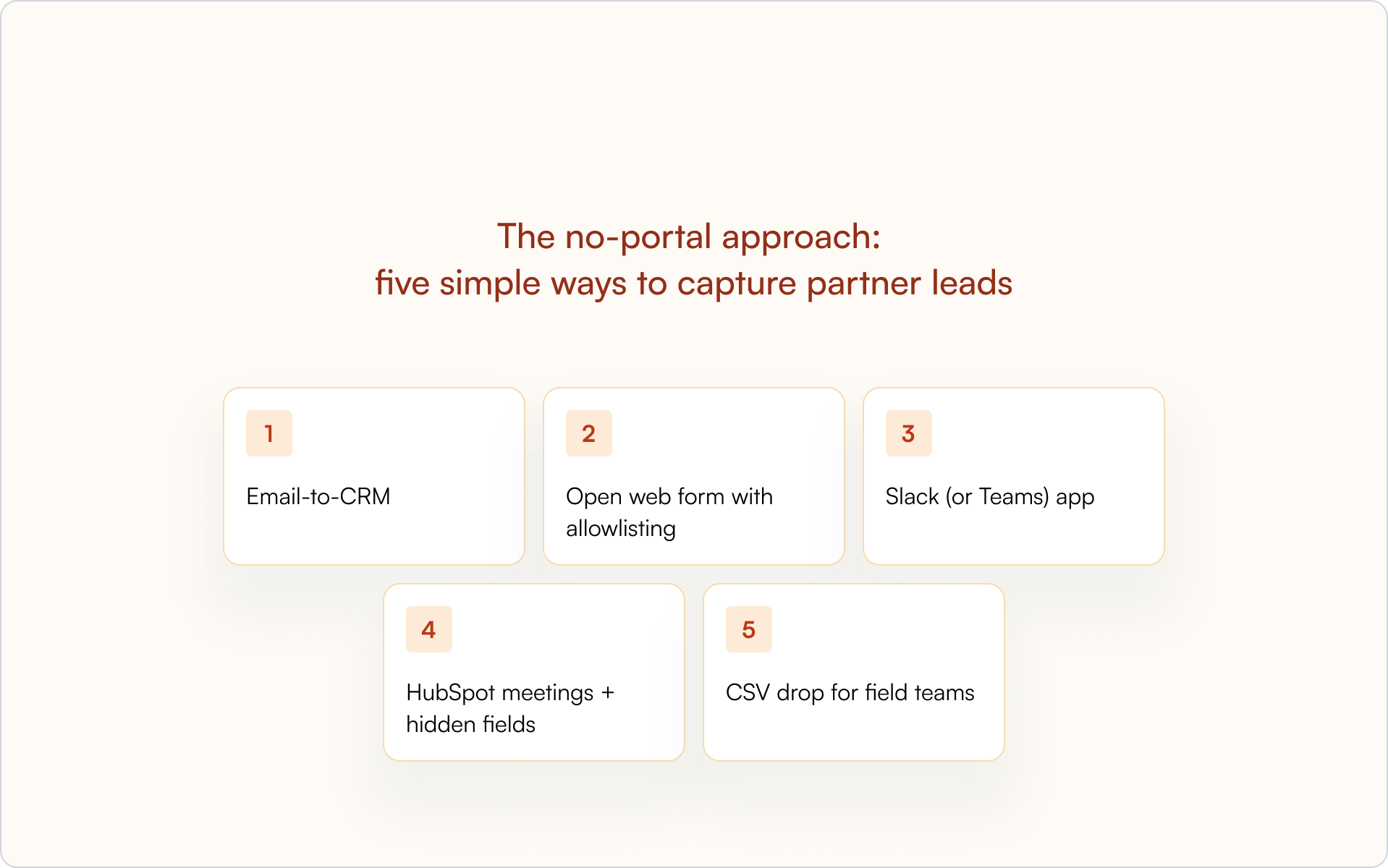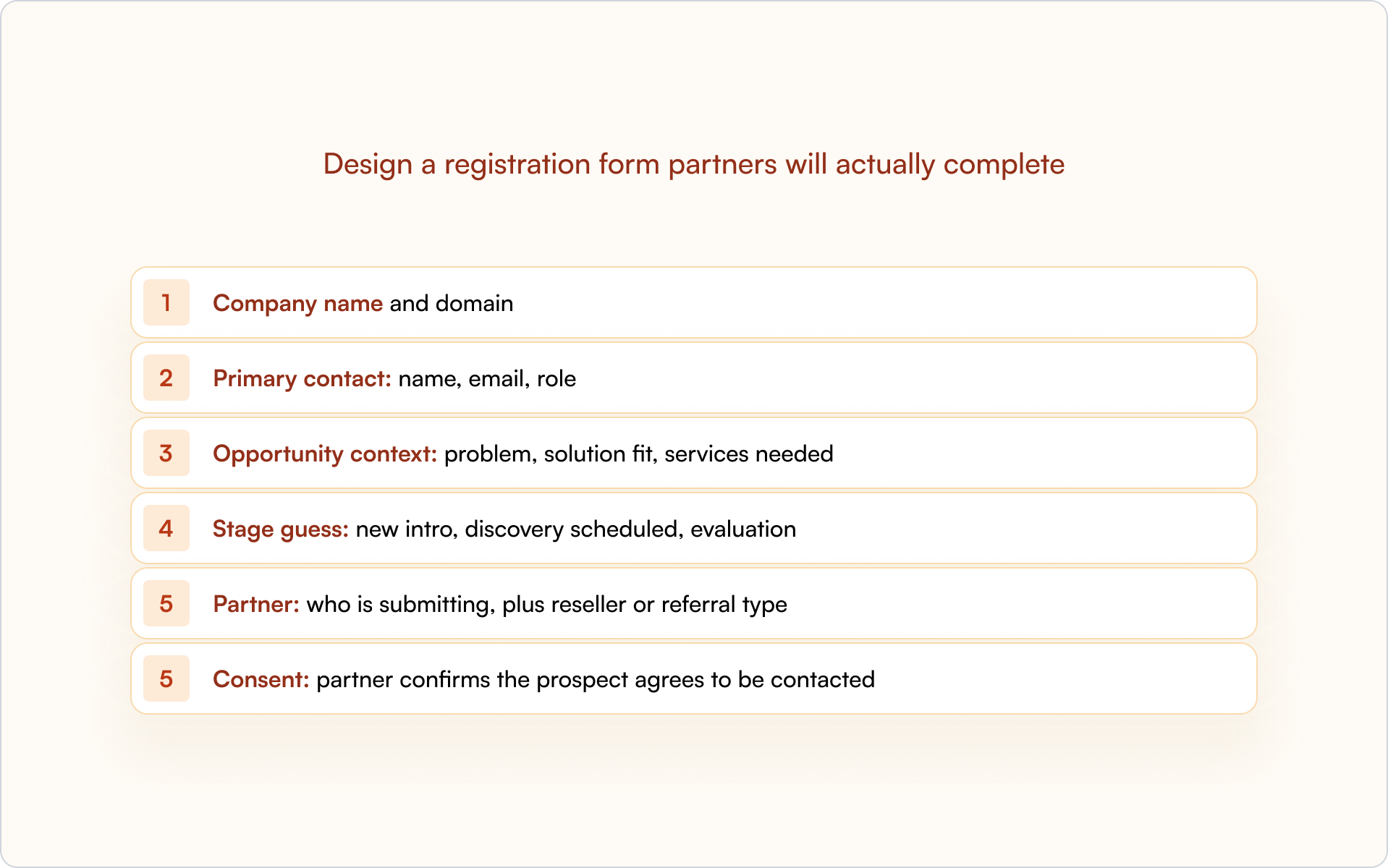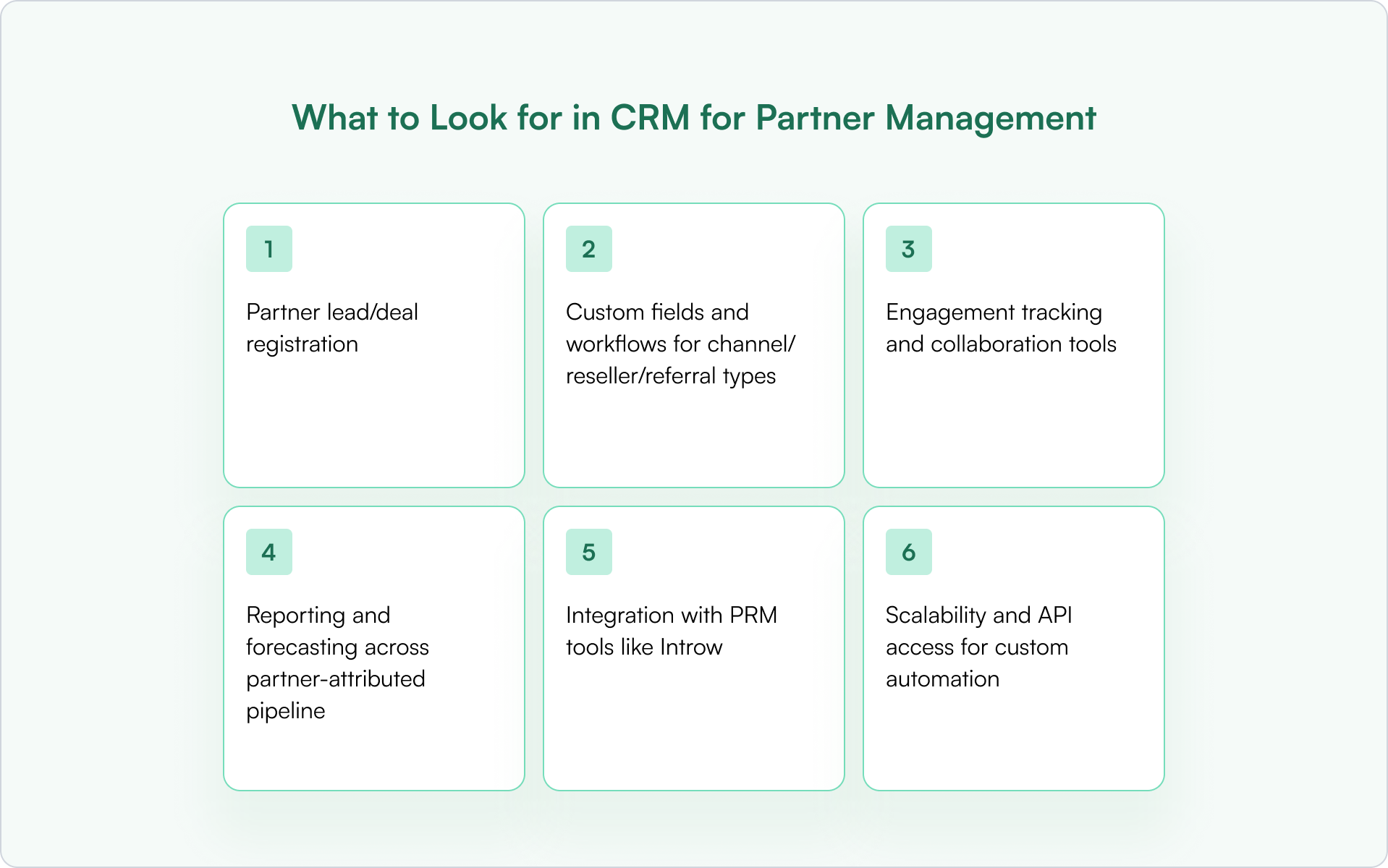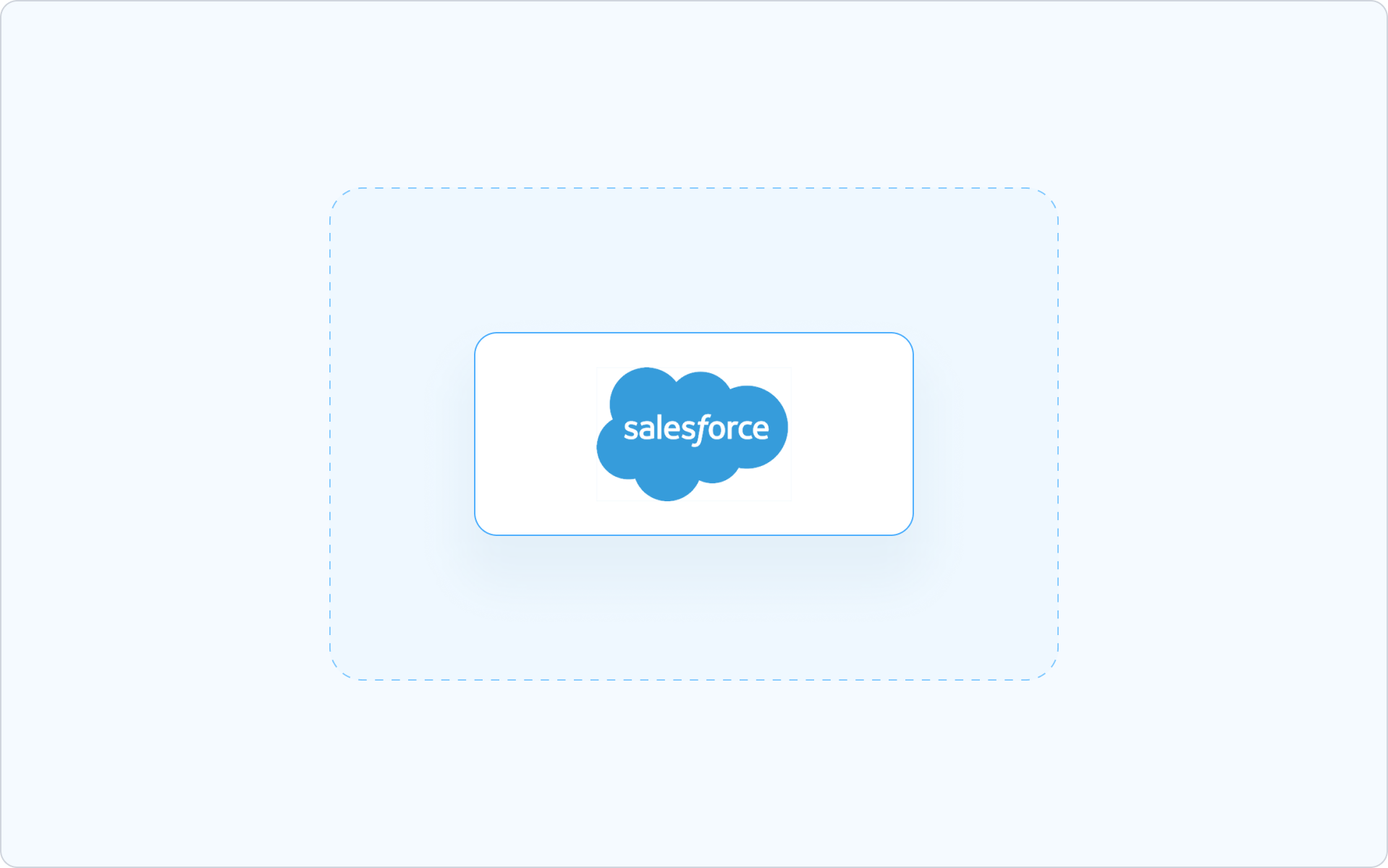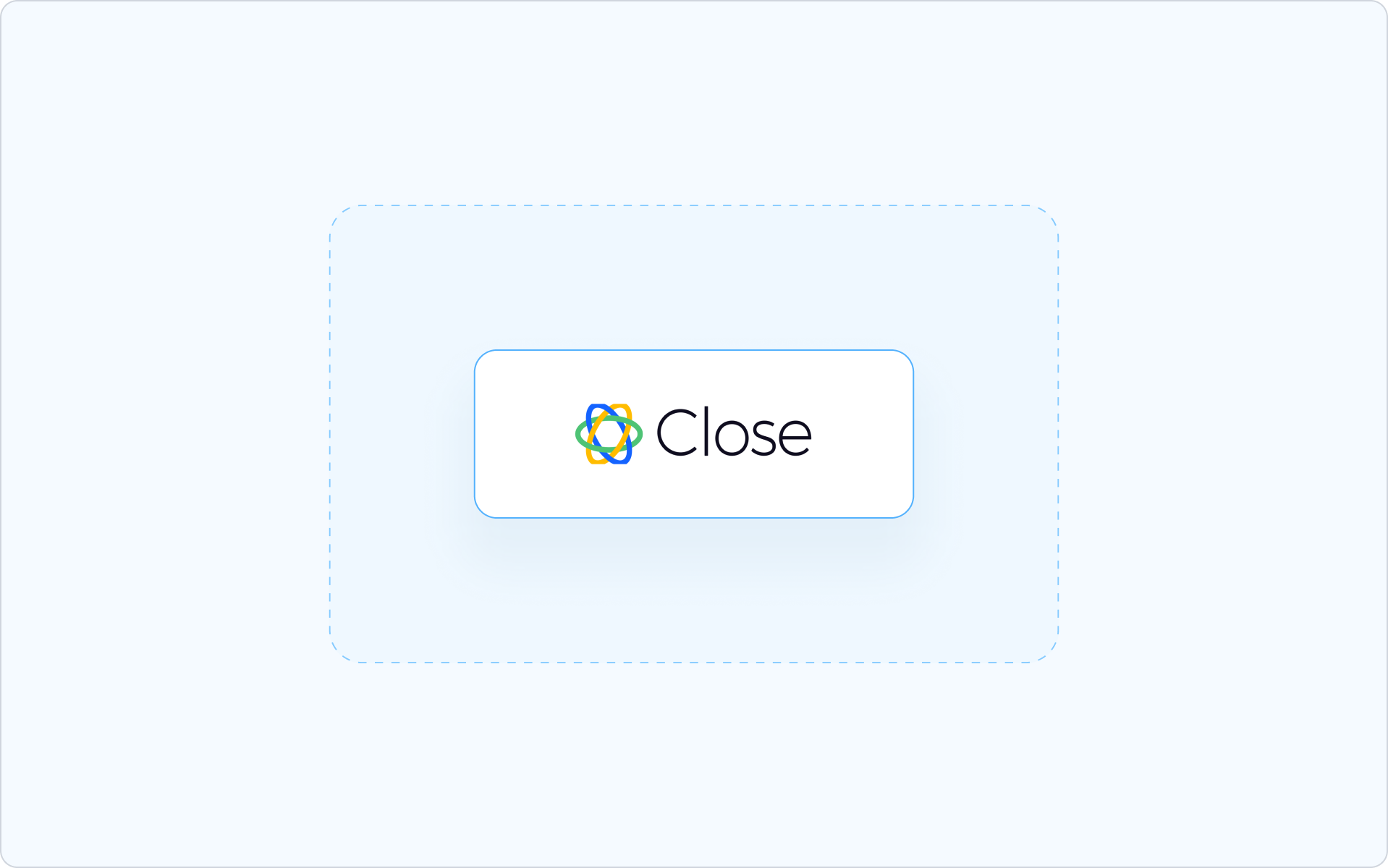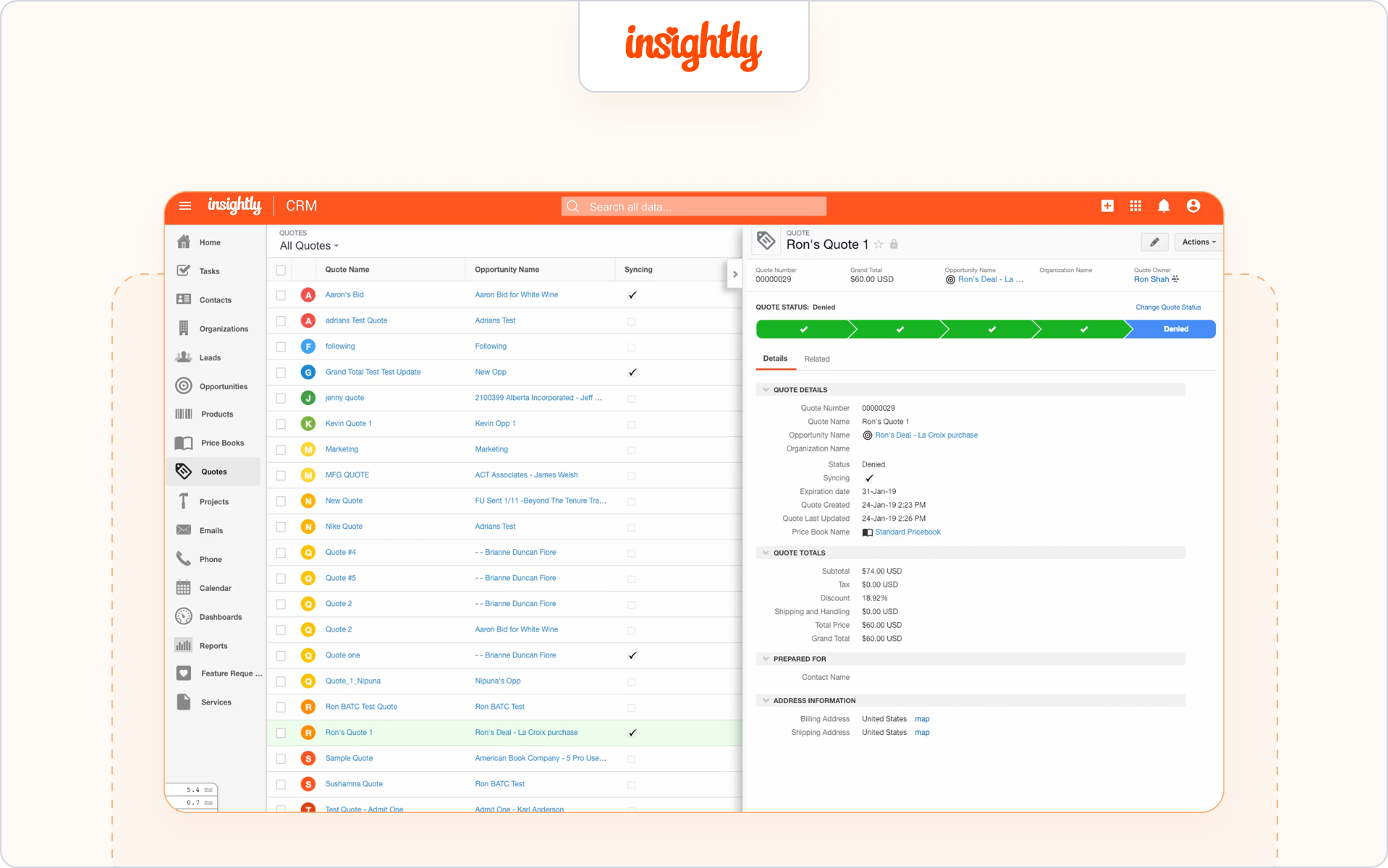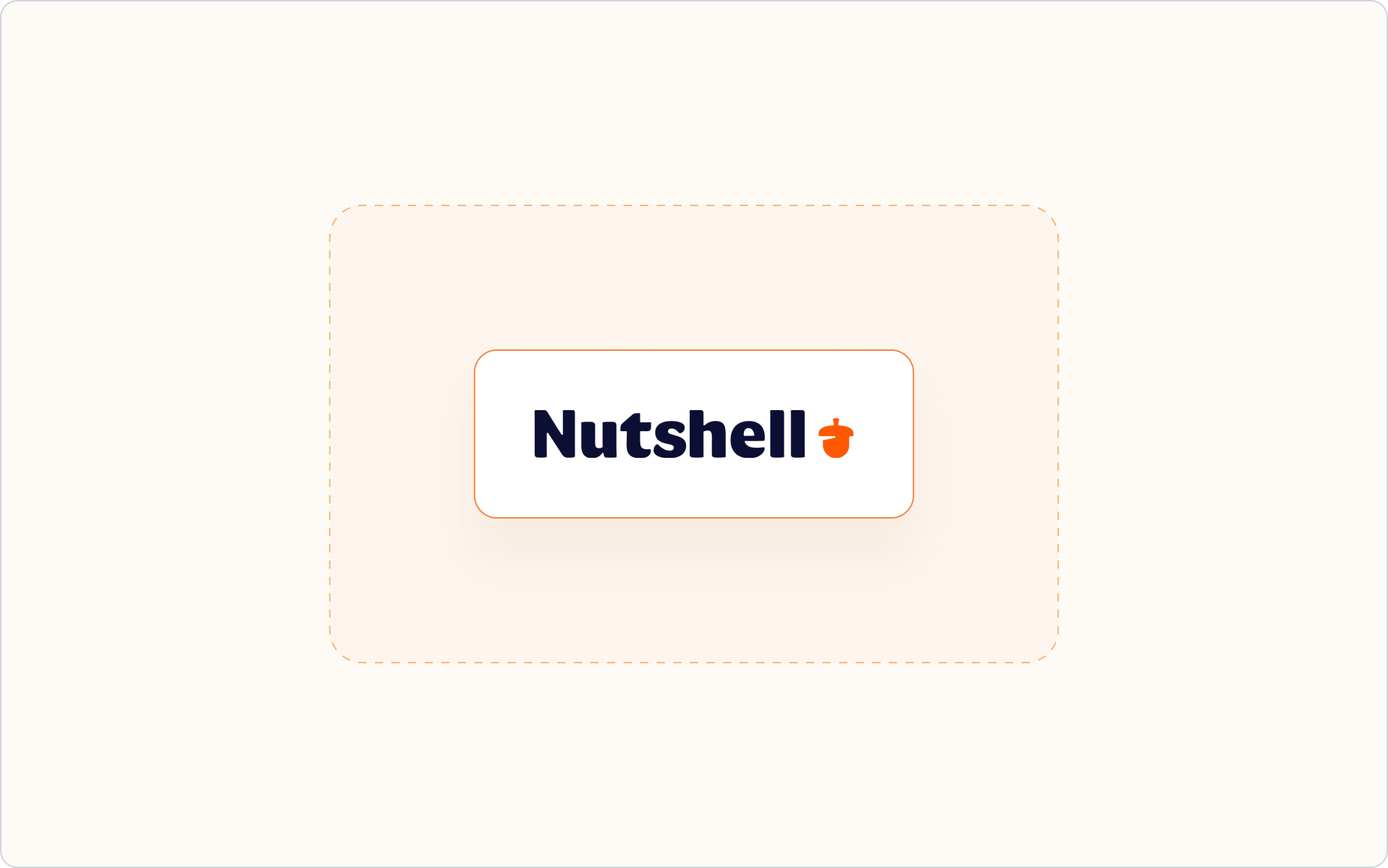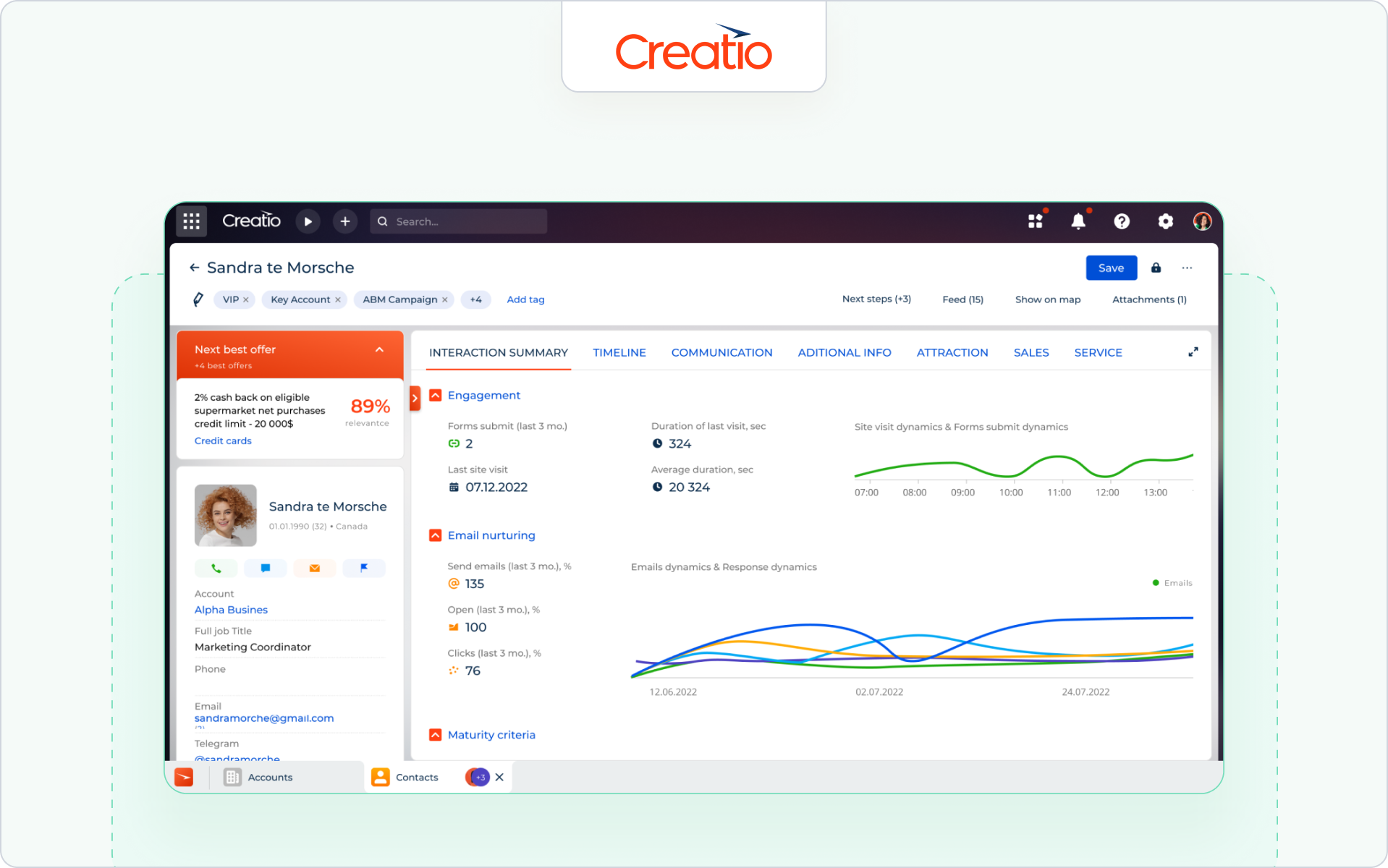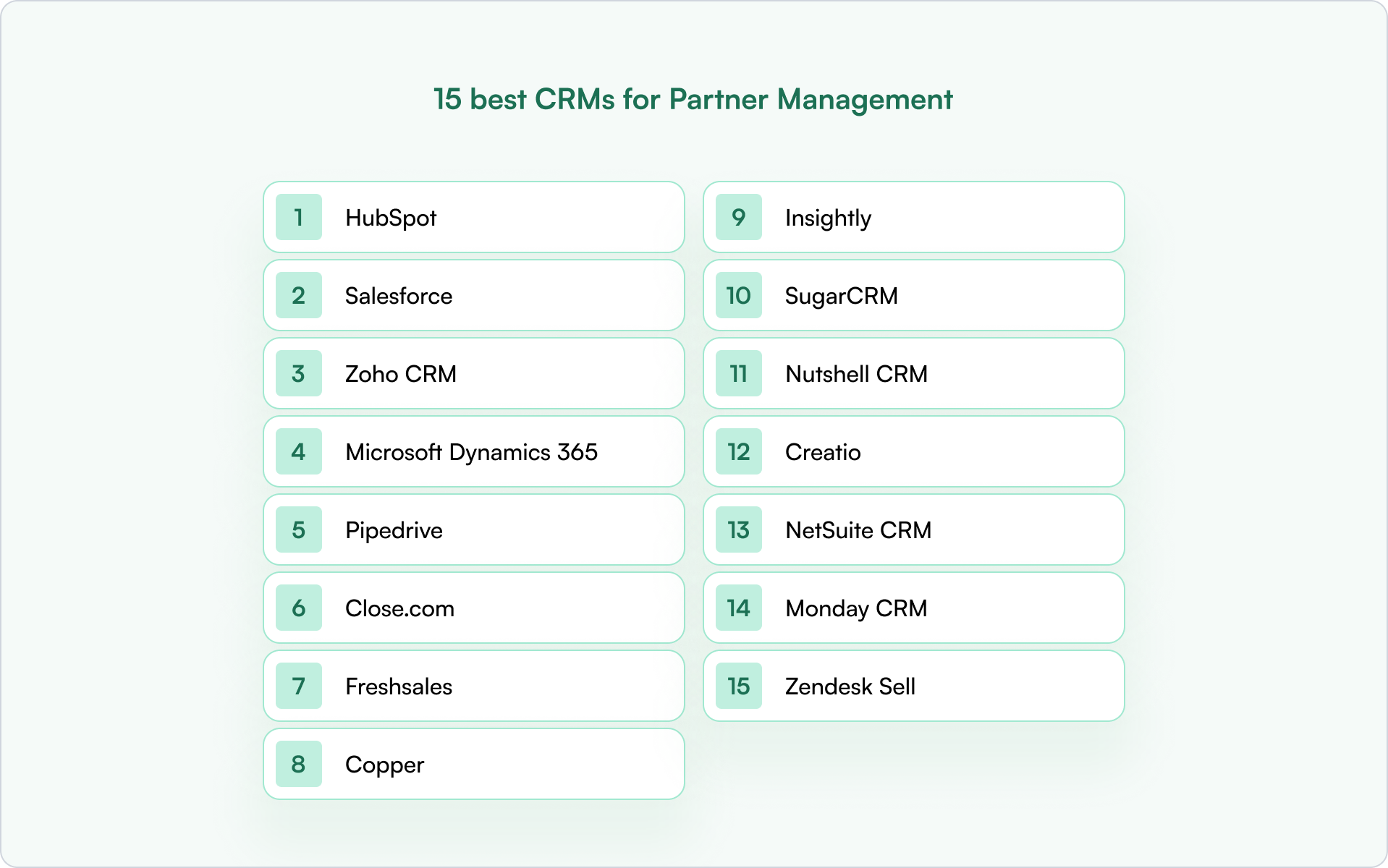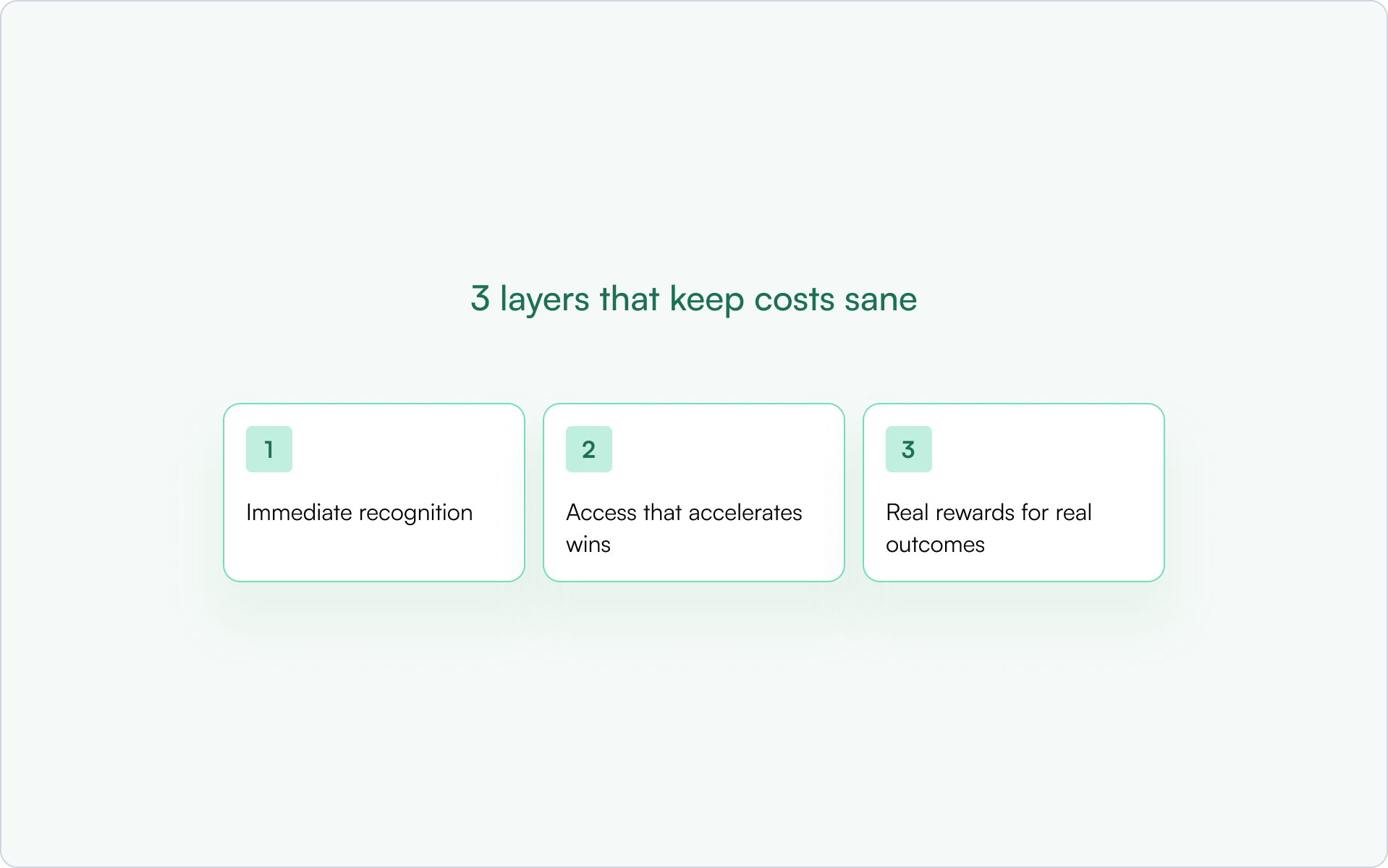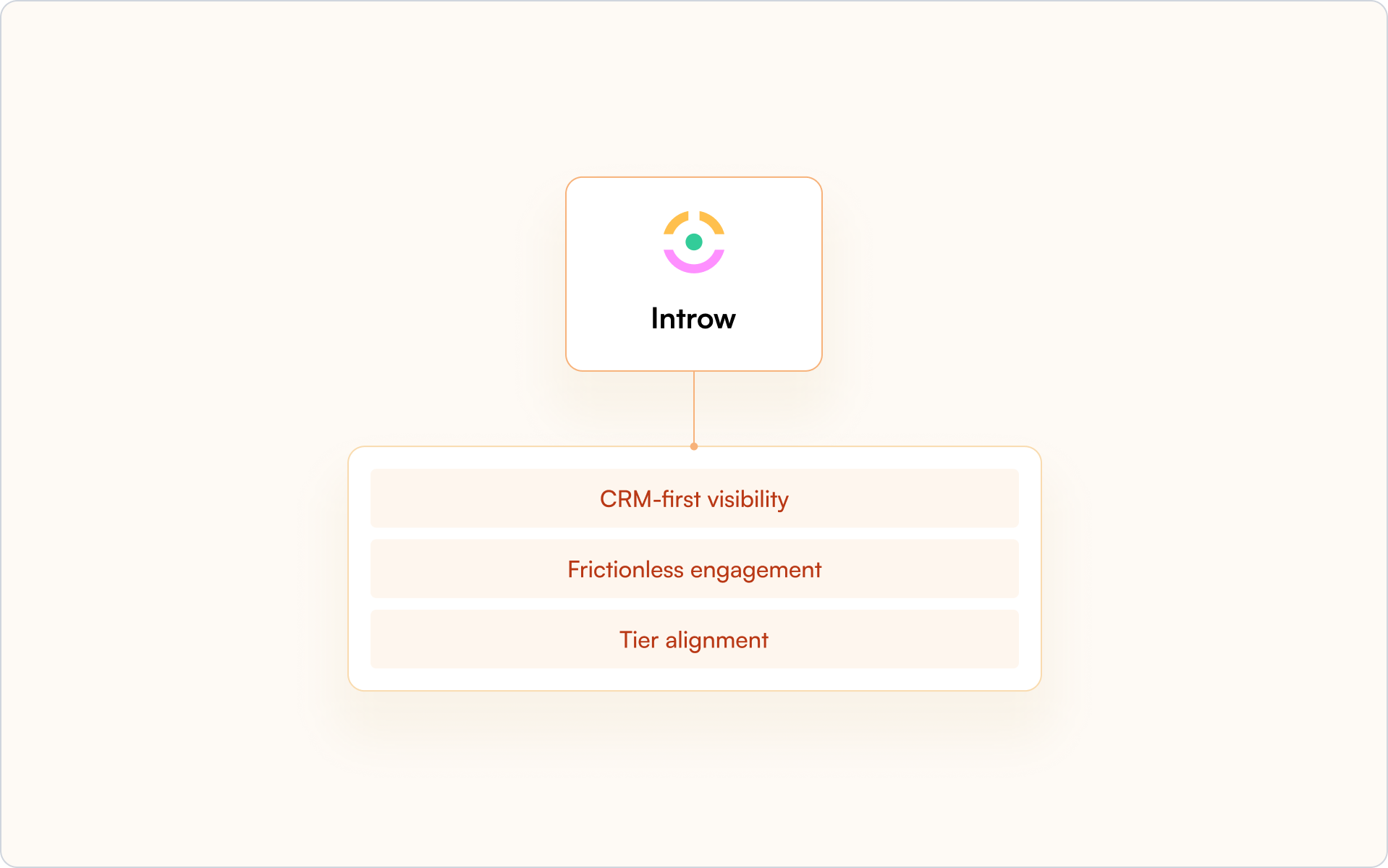Why Consider an Everflow Alternative in 2026?
When scaling a SaaS partner program, choosing the right technology stack is critical — but not all “partner platforms” are created equal. Everflow is a popular platform in the affiliate marketing world, built for B2C brands and digital commerce teams that want to manage high-volume, transactional affiliate or influencer relationships. But for SaaS companies running B2B partner programs — especially those focused on co-selling, enablement, and revenue collaboration — affiliate tools like Everflow simply aren’t designed for the job.
Everflow’s core strengths are affiliate link creation, payout automation, and large-scale tracking — ideal for e-commerce or consumer referral programs. If your goal is to manage influencer marketing, run pay-per-click campaigns, or turn your customer base into referral partners, Everflow is a solid choice.
However, Everflow is not built for B2B SaaS channel programs where:
- You need to train or enable partners with content and resources
- You want to co-sell and collaborate on pipeline, not just pay out commissions
- You work with resellers, referral partners, or managed service providers
- Your revenue team relies on real-time CRM data for forecasting and attribution
In short: Everflow is a strong B2C affiliate tool, but not a PRM (Partner Relationship Management) solution for SaaS. If you’re building a modern B2B partner ecosystem, you’ll want a CRM-native PRM platform that supports deep engagement, automation, and revenue alignment across your entire partner lifecycle.
What to Look for in an Everflow Alternative — If You’re Considering a True PRM
If you’re evaluating alternatives to Everflow because you want to do more than just affiliate payouts — like building lasting partner relationships, driving co-selling, or enabling resellers — you’re really in the market for a Partner Relationship Management (PRM) solution, not another affiliate tool.
Here’s what to prioritize if you’re ready for a real PRM:
- CRM-Native Workflows: Seamless integration with Salesforce or HubSpot to keep partner data and deals in your single source of truth
- Automation: Onboarding, deal registration, communications, and reporting handled automatically — not through manual tracking
- Off-Portal Engagement: Communicate and collaborate with partners via Slack, email, or other tools they already use (no portal logins required)
- Real-Time Analytics: Pipeline, attribution, and forecasting updated live inside your CRM
- Scalability: Manage anywhere from 10 to 300+ partners, each with customized journeys and permissions

The bottom line: If you’re running a B2B SaaS partner program and want more than basic affiliate marketing, focus on platforms designed for lasting, revenue-driven relationships — not just transactional tracking.
17 Best Everflow Alternatives for SaaS & B2B Partner Programs (2026)
There are plenty of great Everflow alternatives out there in 2026.
Here are our 17 top picks of the best Everflow alternatives, alongside their stand-out use cases and pros and cons.
1. Introw

A modern, CRM-first PRM platform that integrates deeply with Salesforce and HubSpot. Introw empowers businesses to launch branded partner portals in minutes — no coding needed.
Other highlights include:
- Off-portal comms
- Deep engagement tracking
- Automated deal registrations and partner updates, with no login required
- Customizable by partner type or tier
It also automates deal and lead registration, commissions, and real-time partner engagement via email or Slack; all synced seamlessly with CRM data.
Best for: SaaS teams needing CRM-first partner automation
Why switch? Introw empowers SaaS teams to go beyond affiliate marketing and run true co-selling and revenue-generating programs.
Request an Introw demo here today.
2. PartnerStack

PartnerStack is a full-stack PRM and partner ecosystem platform for B2B SaaS companies.
It's an effective platform for rapid partner scaling but less so when it comes to deep channel sales.
Key features include:
- Scalable portal
- Easy payouts
- Partner marketplace
Best for: SaaS looking to blend affiliate, referral, and reseller
Pros and cons: While PartnerStack offers a solid onboarding facility, its CRM integration is limited.
3. Kiflo
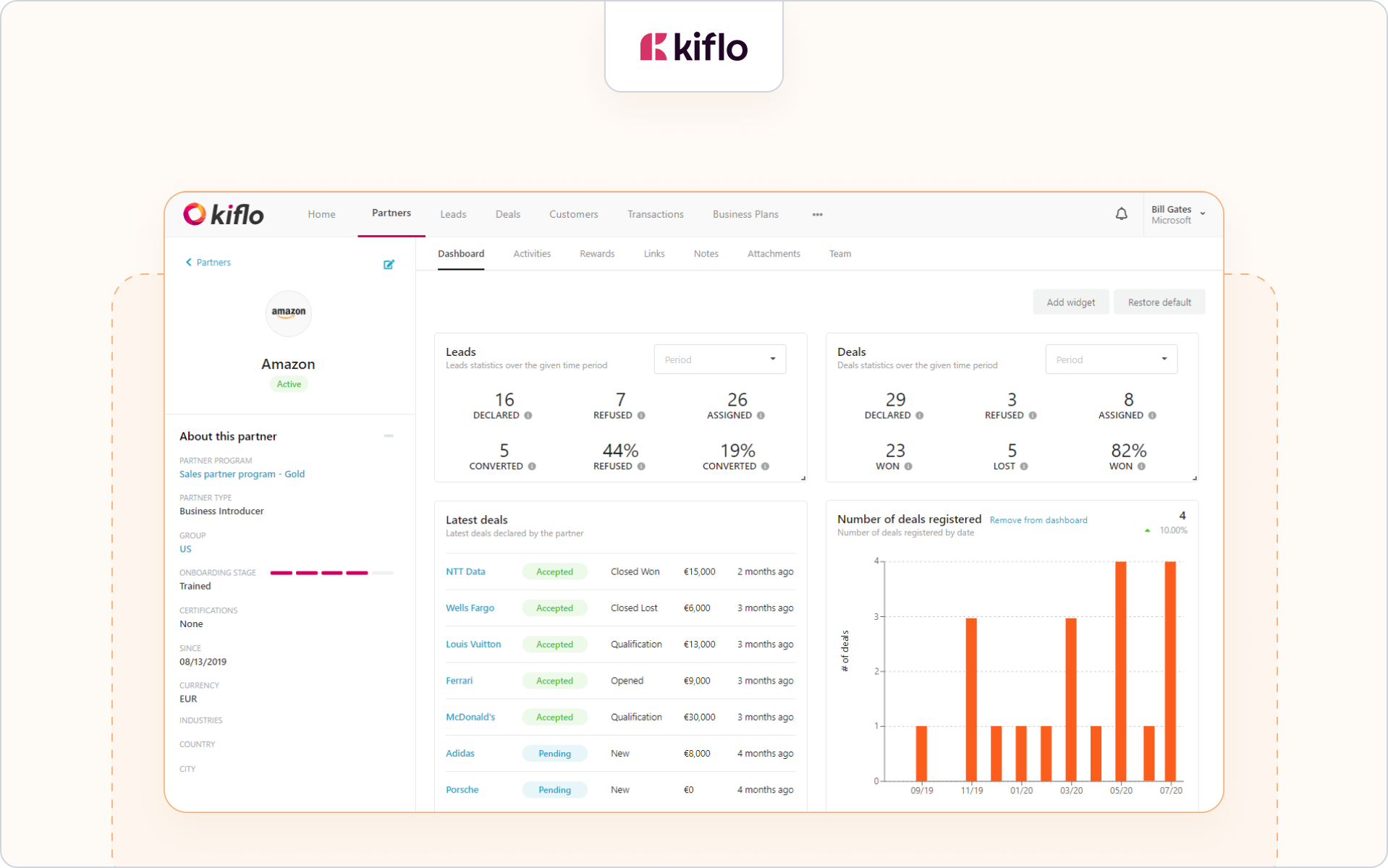
Kiflo is a PRM platform designed to streamline the entire partner lifecycle for SMBs.
It offers simple and affordable partner management but is not designed for highly complex workflows.
Highlights include:
- Clean UI
- Lead and deal registration
- Partner onboarding templates
Best for: SMBs or new SaaS partner programs
Pros and cons: Good for co-marketing, but lighter on integrations and automation
4. Channelscaler
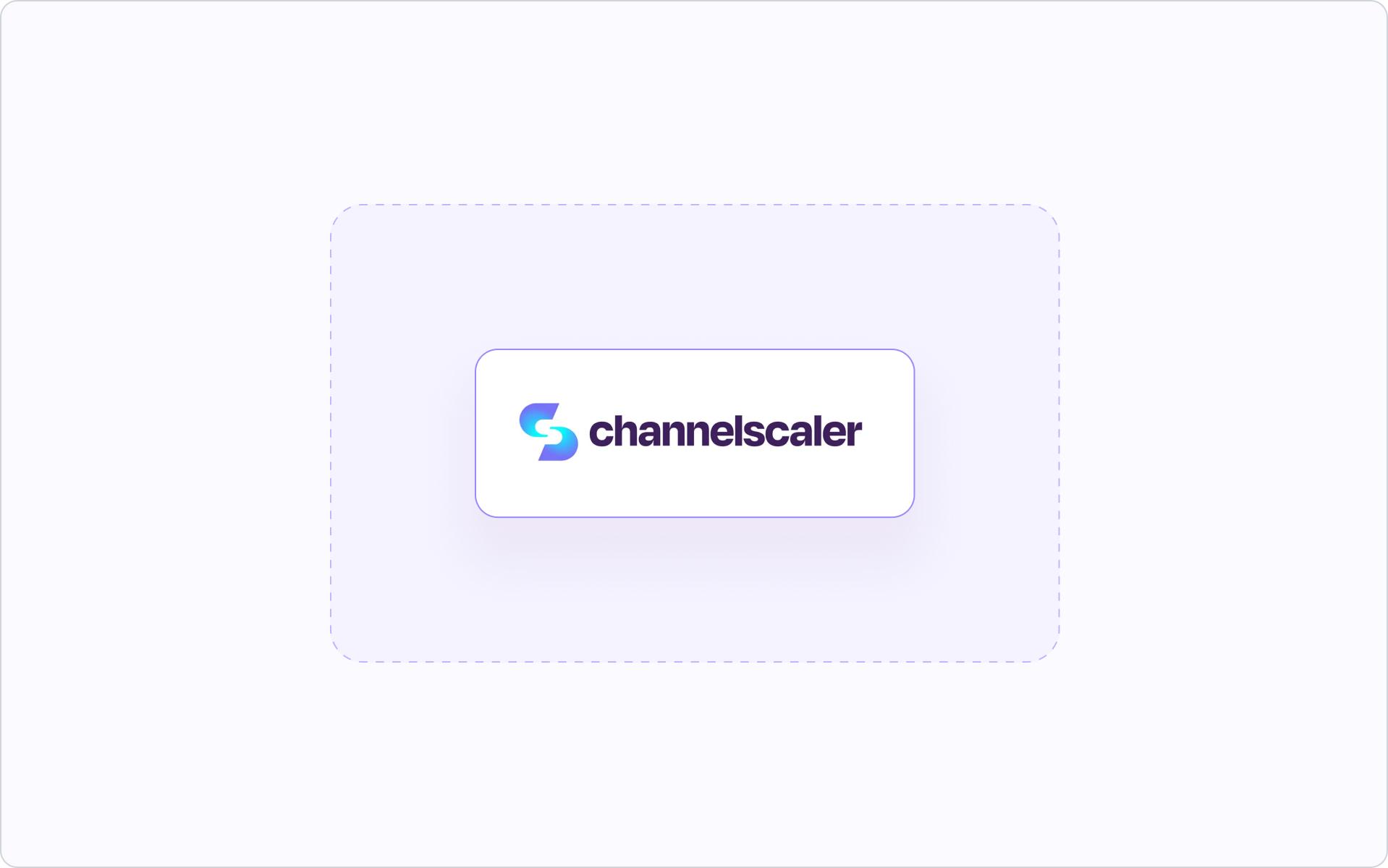
Channelscaler is a unified PRM and channel program automation platform born from the merger of Allbound and Channel Mechanics.
The platform is portal-based with some CRM integration via API.
Key features include:
- Deal registration
- Co-selling
- Enablement/content
- QBR tools
Best for: Enablement-heavy SaaS partner orgs
Pros and cons: Channelscaler is an excellent option for enablement but can be overkill for small teams
5. Impact.com
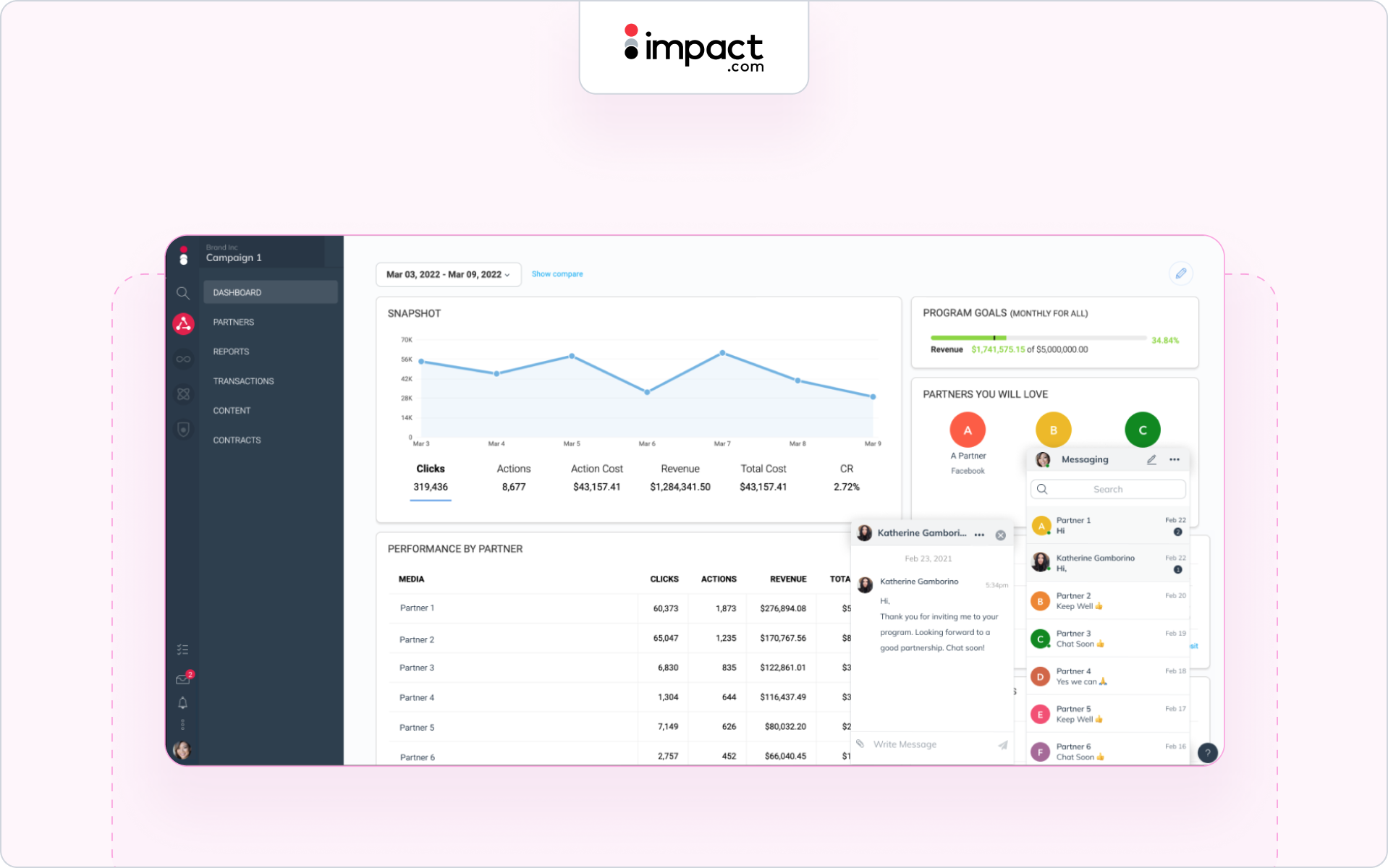
Impact.com is an all‑in‑one partnership management platform that empowers brands to manage diverse partner types — affiliates, influencers, creators, and referral advocates — within a unified interface.
It automates the full partner lifecycle, from recruitment and contracting to tracking, payouts, and performance optimization.
However, it's worth noting that Impact.com offers fewer B2B and channel features than many other platforms, and its CRM integration is limited, too.
Top features include:
- Marketplace
- Deep affiliate tracking
- Payout automation
Best for: Affiliate-first organizations, influencer, and content partnerships
Pros and cons: Impact.com is best suited for scaling digital commerce and affiliate programs rather than SaaS channel co-selling.
6. Impartner

Impartner is a leading partner ecosystem platform that offers end-to-end PRM and Through-Channel Marketing Automation (TCMA).
It simplifies the partner lifecycle — from recruiting and onboarding to training, marketing, deal registration, and performance analytics.
Highlights include:
- Full-featured PRM (including deal reg, MDF, onboarding, and analytics)
- Advanced role permissions
- Strong reporting
Best for: Enterprises, global channel programs
Pros and cons: A great option for large organizations with IT resources, but it has a slower setup than similar tools
7. Tune

TUNE (formerly HasOffers) is a flexible SaaS platform designed for brands, agencies, and networks, offering a comprehensive solution for partner marketing.
It's important to bear in mind that this is a digital-first platform and is not ideal for SaaS channel sales.
Key features include:
- Flexible tracking
- API
- Good mobile support
Best for: Affiliate/performance marketing (mobile, app, gaming)
Pros and cons: TUNE offers API integration, fraud prevention, and real-time reporting but lacks partner co-selling and CRM integration.
8. Partnerize

Partnerize is an AI-powered partnership automation platform that helps enterprises manage, optimize, and vault affiliate, influencer, and referral programs end‑to‑end.
The platform's highlights include:
- Affiliate, influencer, B2B, and channel all in one platform
- AI-powered optimization
- Flexible reporting
Best for: Large brands managing mixed partner ecosystems
Pros and cons: Partnerize works best for companies with big budgets and delivers big reach — but it's not tailored for SaaS workflows.
9. Zift Solutions

Zift Solutions — a unified PRM and through-channel marketing automation platform for indirect selling — promises to optimize campaigns and deliver happier partners.
It excels in channel marketing and automation for large teams.
Platform highlights include:
- MDF
- Campaign management
- Strong integrations
Best for: Channel marketing automation at enterprise scale
Pros and cons: Zift Solutions offers robust reporting but can be complex
10. Crossbeam
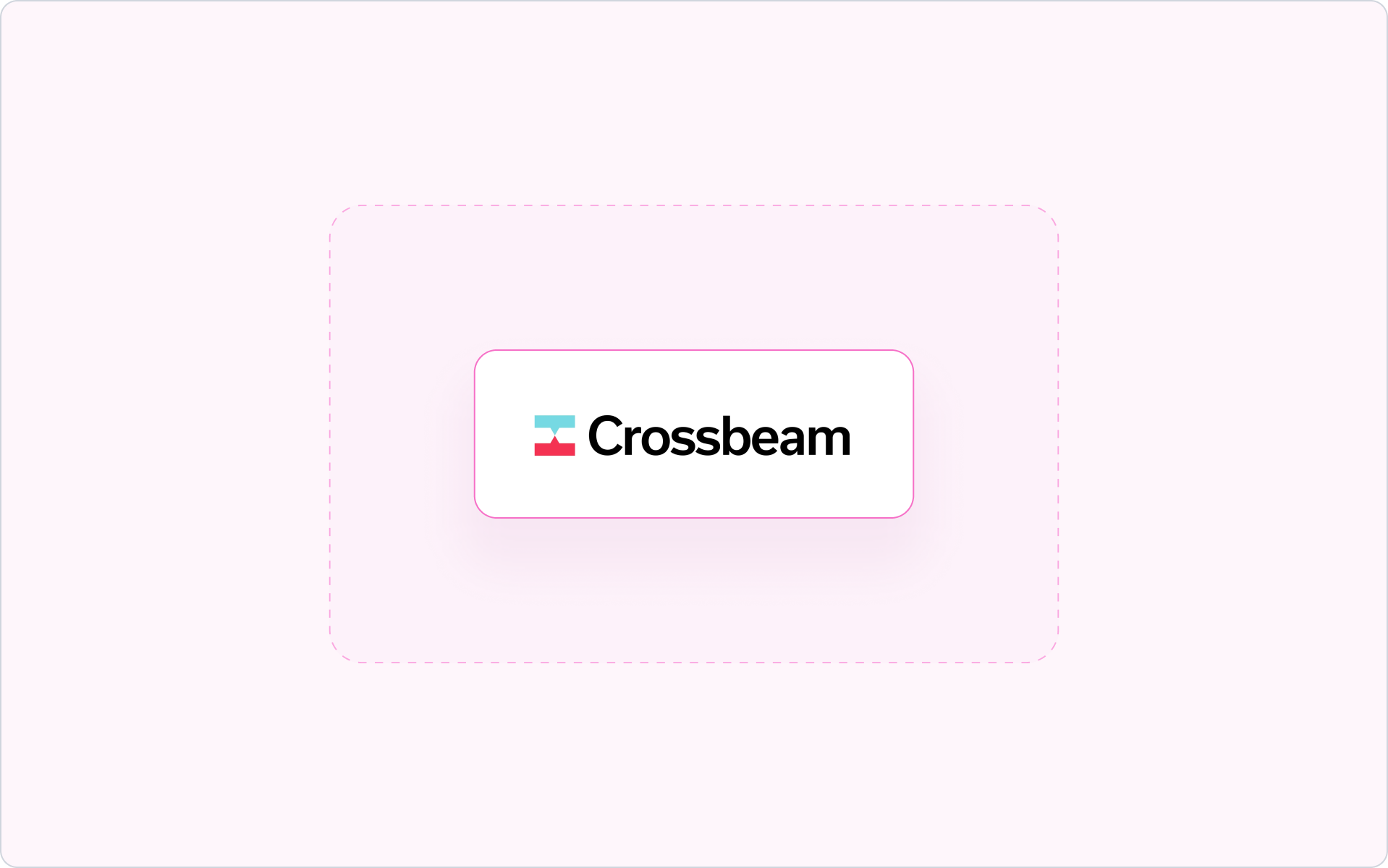
Crossbeam is an ecosystem‑led growth platform that securely connects partner CRMs and data sources to identify account overlaps, surface warm leads, and enable co‑selling.
This platform is designed to help sales teams uncover partnership opportunities and drive ecosystem‑based revenue — and should be used to supplement your CRM and/or PRM.
Crossbeam's key features are:
- Account mapping
- Partner overlap
- Joint pipeline tracking
Best for: SaaS with ecosystem and co-selling focus
Pros and Cons: Crossbeam is not a full PRM, but it's super useful for ecosystem data
11. Channeltivity
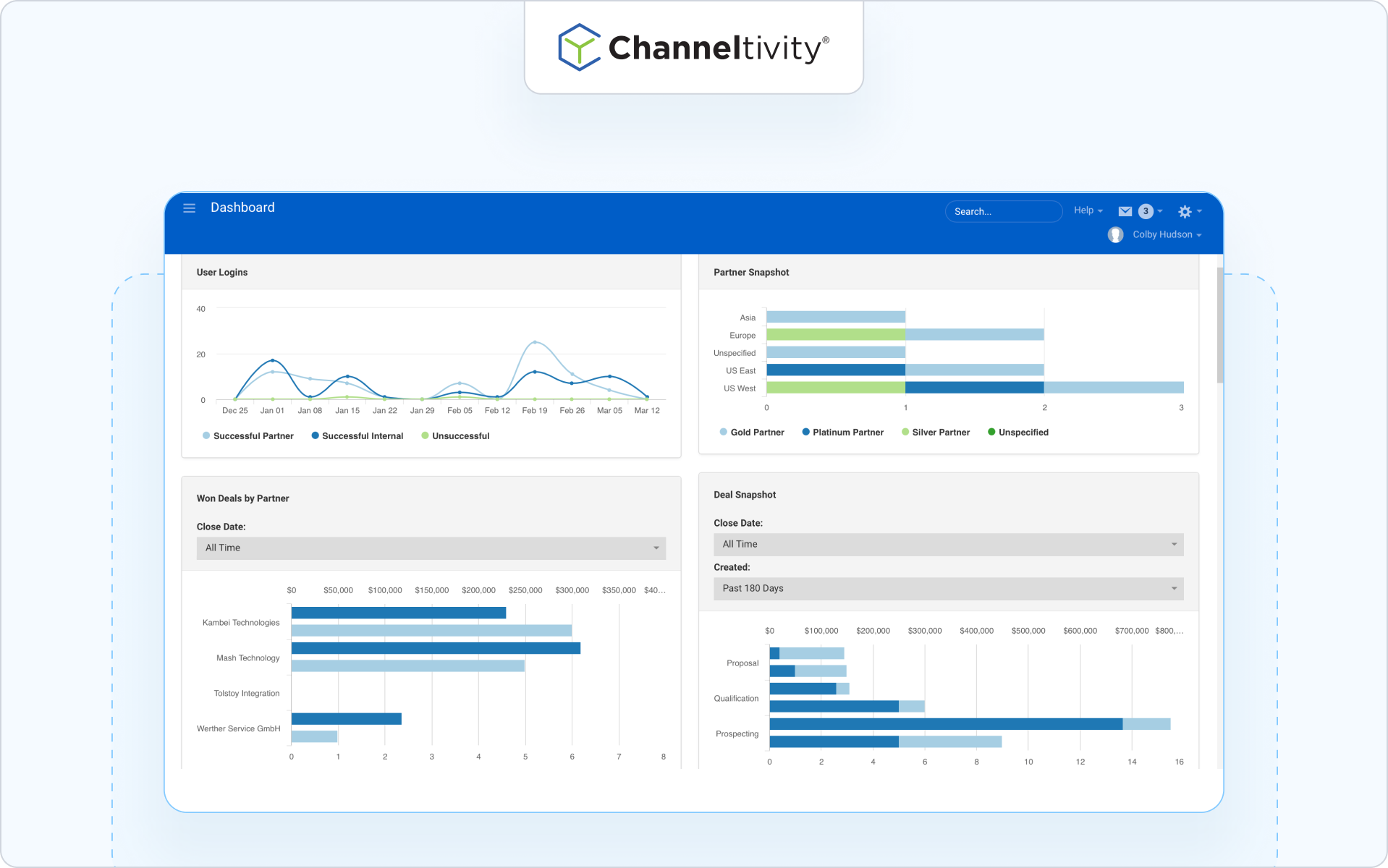
Channeltivity is a cloud-based PRM and channel management software designed to help companies build, scale, and optimize their indirect sales programs.
It works well for classic channel teams rather than affiliate-heavy programs.
Key features include:
- Deal reg
- MDF
- Reporting
- Customizable portal
Best for: Mid-market B2B SaaS
Pros and cons: Quick to deploy and has HubSpot/Salesforce connectors but is not ideal for affiliate-heavy programs
12. Magentrix

Magentrix is a robust PRM and partner portal platform.
This software helps organizations streamline partner onboarding, deal registration, pipeline tracking, incentives, and training via a built-in learning management system.
Its LMS makes it an excellent fit for SaaS teams with heavy partner enablement or content needs.
Key features:
- PRM
- Community features
- Strong Salesforce integration
- Resource library
- Support tools
Best for: Teams needing robust partner portal customization
Pros and cons: Magentrix is highly flexible and scalable, but it does come with a learning curve, and its high level of customization means implementation can be slow.
13. Affise

Promising to help companies master performance marketing and mobile attribution, cloud‑based Affise simplifies partnerships — affiliate, influencer, app, and referral marketing.
This is a handy tool for teams that are digital-first, mobile-first, or work in e-commerce.
Highlights include:
- Flexible tracking
- Payout automation
- Supports mobile attribution data
Best for: Performance marketing and affiliate networks
Pros and cons: Affise is helpful in the B2C space, but it's not built explicitly for co-sell or B2B SaaS channels.
14. Salesforce PRM

Salesforce PRM is an extension of the Salesforce Sales Cloud that empowers companies to manage channel sales with their partners.
As you'd imagine, it's fully integrated with Salesforce CRM, enabling organizations to grow indirect sales and collaborate efficiently with their partner ecosystem.
Salesforce PRM is a top choice for teams with SFDC admins or those who need single-source-of-truth
Key features include:
- Native integration
- Customizable objects
- Customizable workflows
Best for: Organizations already on Salesforce
Pros and cons: Salesforce PRM offers built-in reporting but has limited out-of-the-box PRM features
15. Elioplus

Elioplus is a B2B platform for software and cloud vendors that simplifies channel growth by combining partner recruitment with PRM features.
It's best used for building partner networks rather than scaling complex programs.
Highlights include:
- Marketplace
- Partner discovery
- Some PRM features
Best for: SaaS/IT vendors looking for partner recruitment
Pros and cons: The software's emphasis on partner recruitment is valuable for those building their partner program, but Elioplus is limited when it comes to automation and deep integrations.
16. Post Affiliate Pro
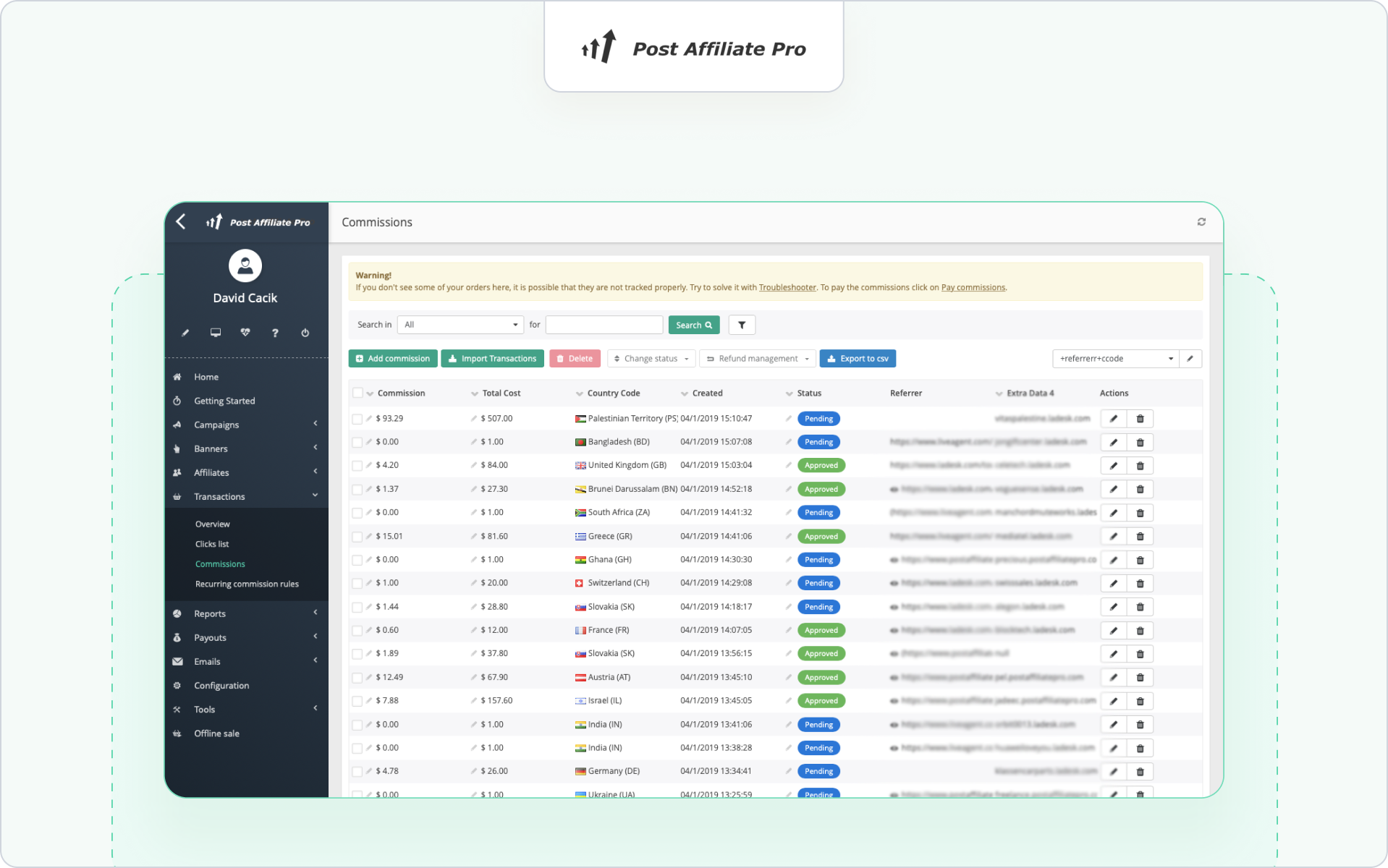
Need a software that will help you launch, track, and manage affiliate programs at scale?
Take a look at Post Affiliate Pro, which is designed for affiliate programs.
If you're looking for channel sales support, however, this may not be the software for you.
Key features of Post Affiliate Pro include:
- Multi-currency
- Campaign management
- Automated commission payments
Best for: Affiliate marketing and pay-per-performance schemes
Pros and cons: While useful for affiliate programs, it's not focused on B2B or SaaS channels.
17. WorkSpan

WorkSpan is a SaaS-based ecosystem business‑management platform that unifies co‑selling, co‑marketing, co‑investing, and co‑innovating across partner networks.
Features include:
- Joint pipeline tracking
- Workflow automation
- Real-time referral sharing
- Salesforce integration
- Comprehensive data visibility
Best for: Co-selling, alliance, and ecosystem management
Pros and cons: This software is a good fit for businesses with complex ecosystems but not classic affiliate programs.
Why SaaS Teams Upgrade to Introw
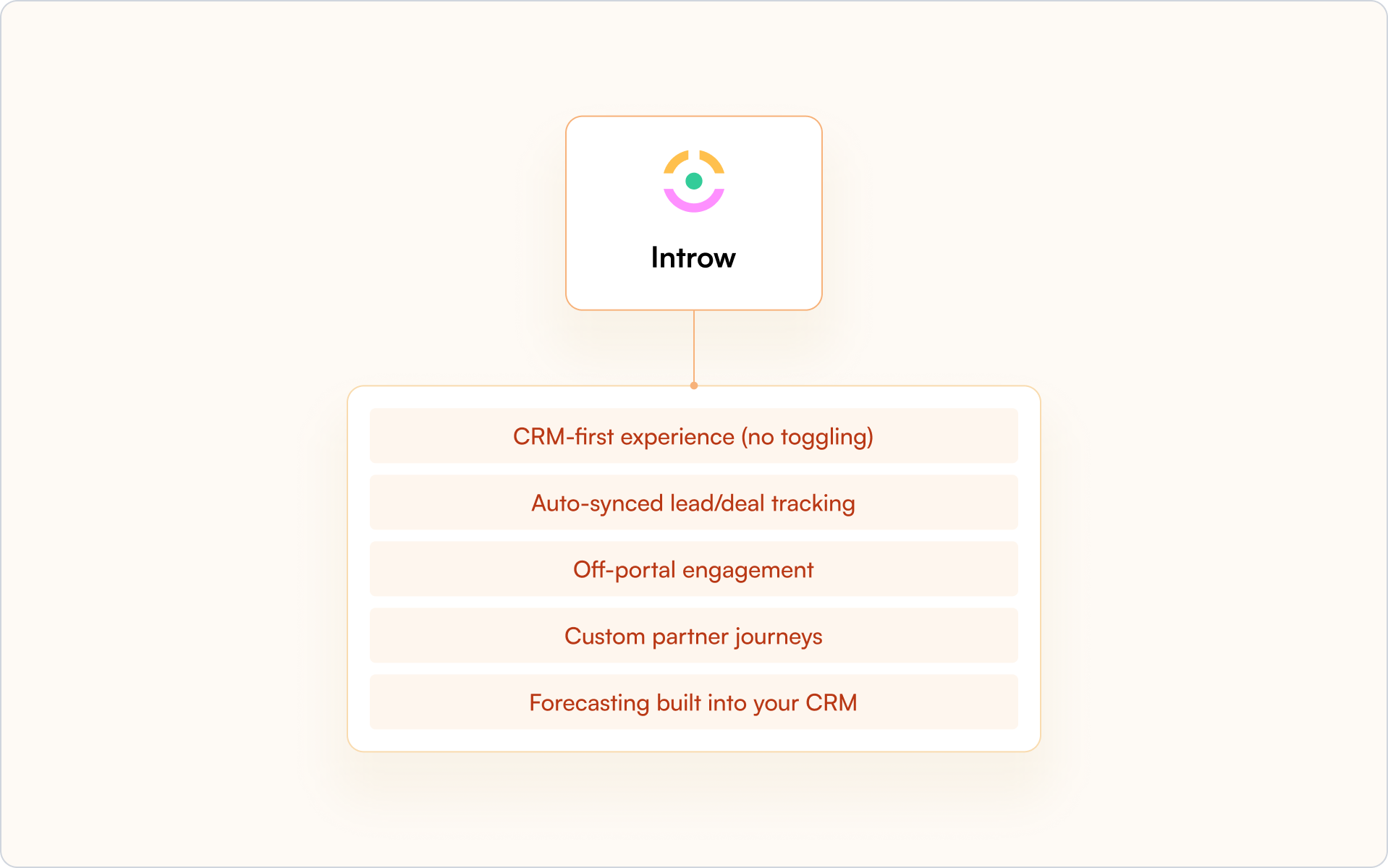
Modern SaaS teams need tools that match the speed and complexity of today's partner ecosystems while also simplifying collaboration and streamlining user journeys.
Here's why leading SaaS teams are making the switch to Introw.
CRM-native workflows
Introw works directly within your existing CRM, so your team gets to keep using familiar tools without any disruption, and you get to retain your single source of truth.
👉 Find out more about Introw's HubSpot and Salesforce integrations.
Off-portal engagement
Forget forcing partners to log into separate portals — this is a fast track to disengagement.
Introw enables seamless communication and collaboration outside of portals (such as email and Slack), reducing friction and keeping partners engaged where they already work.
Instant analytics
Action real-time insights with analytics that update instantly.
Track partner performance, spot trends early, and make data-driven decisions without waiting for reports.
No more missed updates or chasing partners
Stay effortlessly connected with automated alerts and notifications.
Role-based dashboards for managers, RevOps, and CROs
Everyone on your team gets personalized dashboards tailored to their needs.
This means managers, RevOps, and CROs can easily access the data that matters most to them, empowering them to make faster and smarter decisions.
Introw has been proven to scale SaaS partner revenue — request a demo here today.
Conclusion
Today's partner programs demand more than just tracking — they require deep CRM integration, automation to reduce manual work, and meaningful engagement that create results.
It's fair to say that traditional tools and disconnected portals simply can't keep up with the speed and complexity of modern SaaS ecosystems.
What are the next steps for organizations building and running modern partner programs?
- Evaluate the leading partner management solutions
- Schedule a live demo with your team
- Choose a platform that can future-proof your channel strategy as you grow
After all, the right tool can make all the difference in unlocking partner-led revenue.
Which Everflow Alternative Is Best For SaaS Channel Sales?
The best Everflow alternative for your business will depend on several factors, including your SaaS channel sales goals, the size of your partner program, and the needs of your team. Furthermore, if you're on a tight budget you may need a lower cost solution. Therefore, it's essential to shop around on different websites to find the best Everflow.io alternative for you. The best alternative to Everflow for SaaS channel sales is Introw - a CRM-native partner engagement platform that simplifies co-selling and keeps SaaS teams aligned with partners without relying on external portals.
What's The Difference Between PRM And Affiliate Tools?
PRM tools are generally focused on long-term B2B partner enablement and revenue collaboration. PRMs are used by resellers, referral partners, co-sellers, VARs, MSPs, distributors, and strategic alliances. Affiliate tools, on the other hand, are often B2C- or influencer-driven. They're used for affiliates, influencers, pay-per-click, lead or sale programs, and high-volume, low-touch partners.
What should I prioritize — automation, analytics, or partner experience?
When choosing a PRM, prioritize partner experience first — if partners don't engage, nothing else matters. Then, focus on automation to scale efficiently and reduce manual tasks. Marketing tracking and analytics is essential, too, but it's most powerful once strong engagement and streamlined workflows are already in place.


.svg)



















